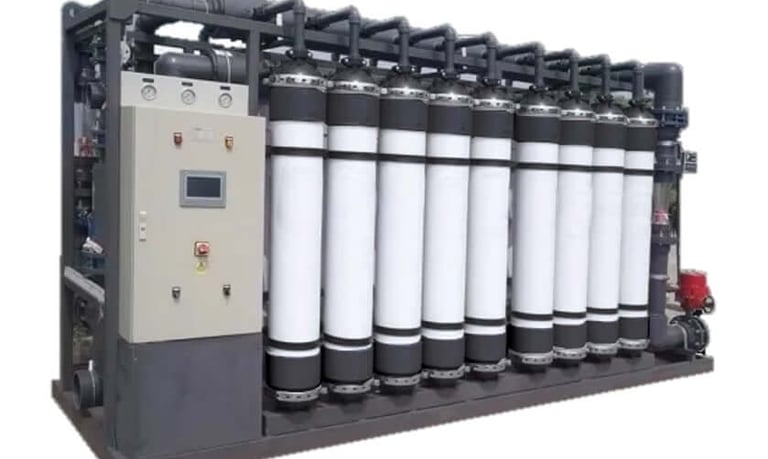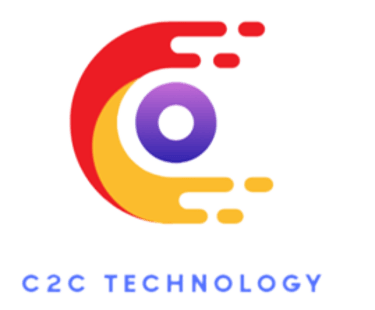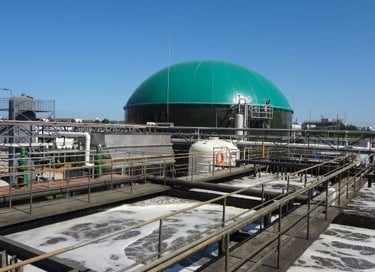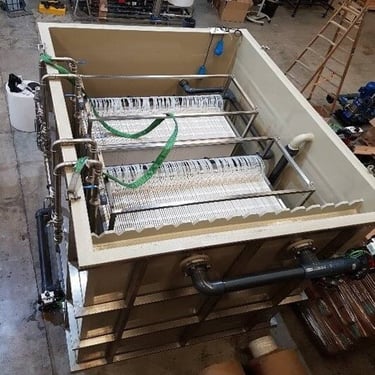Application-Foods and Beverages
CASE STUDY-FMBR


Suspendisse faucibus mauris massa, ut scelerisque est ultricies nec. Aliquam quis dictum tortor. Nunc tincidunt gravida ornare. Sed pulvinar faucibus dolor ac efficitur.
Foods and Beverages
The food and beverages processing industry requires a huge amount of water. One of the main problems is the amount of waste water continuously produced in the food plants. The water is used as an ingredient, a cleaning agent, for boiling and cooling purposes, for transportation and conditioning of raw materials:
The average wastewater flow per ton of product is given in the following table:
Food and beverage
Flow m3/ton of product
Beer
9-11.5
Bread
2-3.5
Meat packing
13.5-18
Milk products
9-18
Whiskey
54.5-73
Food processing can be divided into four main fields:
Meat, poultry and seafood
Fruits and vegetables
Dairy
Beverages
As an example, find below some wastewater issues and Lenntech pretreatments associated to a kind of food processing.
Food and beverage type
Associated wastewater pollutants
Lenntech Pretreatment
brewed beverages
BOD
Centrifugation, biological treatment
Meat and poultry
BOD
Screening, sedimentation, biological treatment
Rice
BOD , TSS
Chemical precipitation
Bakeries
BOD , FOG, detergents
Biological treatment
Soft drinks
BOD , TSS, alkalinity
Neutralization, screening, biological treatment
Find information about Water recycling in food and beverage industry
Water recycling in the food and beverage industry
Overview water recycling in different industries
Water reuse in the food and beverage industry
The food and beverages processing industry requires a huge amount of water. One of the main problems is the amount of wastewater continuously produced in the food plants. The water is used as an ingredient, a cleaning agent, for boiling and cooling purposes, for transportation and conditioning of raw materials.
Spent process water in the food industry (salt content as el. conductivity <3000μS/cm and COD<700mgO2/l) can be desalinated and organics can be removed so as to fulfill the requirements for water reuse. Food industry standards specify that, spent process water intended for reuse (even for cleaning purposes) must be at least of drinking quality.
Regulations for other applications, such as boiler make-up water or warm cleaning water, are even more stringent.
There has been a study on the possibilities for reuse of vapor condensate in a milk processing company (dried milk production) as boiler make-up water, and the reuse of chiller shower water in a meat processing company (sausage production) as warm cleaning water.[1]
This study shows that on the basis of the treatment of two low contaminated process water streams in the food industry applying a combination of pre-treatment, membrane filtration and UV disinfection, treated water of a defined quality could be obtained.
It was also shown by numerous chemical and microbiological analyses that with a two-stage membrane combination of nanofiltration, process water can be obtained with a quality good enough for boiler make-up water or warm cleaning water. [1]
[1] A. Rossi, F. Malpei, L. Bonomo, R. Bianchi, Textile wastewater reuse in northern Italy. Milan, Italy 1999
Information about water reuse in the paper and textile industry,
Water reuse in greenhouse horticulture
Information about water treatment and reuse of oily wastewater
Water reuse in the poultry industry







